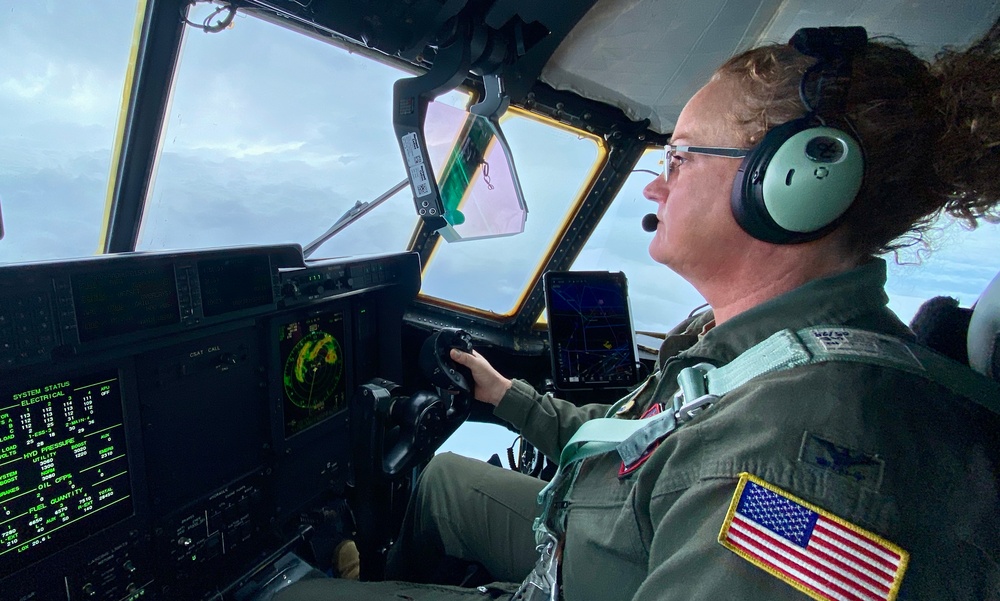DVIDS – News – USACE Plans Fish Survival Testing this Fall on the Second Improved Fish Passage Turbine
The U.S. Army Corps of Engineers Walla Walla District has started the installation process in Unit 1 for another adjustable blade turbine designed for improved fish passage. The Corps has been working diligently to decrease fish injury and improve survival rates through turbines designed for improved fish passage at Ice Harbor Lock and Dam.
This past June, USACE completed installation of the second improved fish passage turbine in Unit 3, an adjustable blade runner, and will conduct fish passage testing in September and October of this year.
The project entails two contracts totaling approximately $149 million to Voith Hydro for design, fabrication, and installation of three main turbine Units 1 through 3 originally installed in 1962 at Ice Harbor Lock and Dam. The installation process includes, but is not limited to, development of new fixed blade and adjustable blade turbine runners, disassembly, remodel of major unit components, and reassembly.
The turbines are designed to both improve fish passage and generate electricity more efficiently. In addition, all three improved fish passage turbines include greaseless wicket gate components, and the two adjustable blade turbines include improved runner seal technology to reduce incidents of oil leaking into the river. Above all else, USACE designed all three new turbines with the goal of improved fish passage survival.
The installation process for the first improved fish passage turbine, a fixed blade turbine runner, started in May 2016 to replace Unit 2 and was completed in April 2019. The runner looks like a propeller. It spins when pushed by flowing water and this motion produces hydroelectric power. The fixed-blade turbine runner was fabricated with stainless steel, which better resists cavitation and corrosion caused by water forces than the original carbon steel turbines.
After the installation of the first improved fish passage turbine in October 2019, USACE conducted live fish and Sensor Fish testing. Before the start of this project, USACE biologists conducted the same tests on the old adjustable blade turbines to have data to compare with the future improved fish passage turbines.
Live juvenile Chinook salmon were tagged with “balloon tags,” which inflate after several minutes, then released into the turbine unit and recaptured to directly measure injuries and survival associated with passing through the turbine unit and components. Study results showed a 2.3% decrease in visual injuries when comparing the improved fish passage fixed blade turbine to the old adjustable blade turbine testing done in 2007. Ultimately, the survival of balloon tagged juvenile Chinook salmon resulted in a 98.25% direct survival rate.
Pacific Northwest National Laboratory (PNNL) developed the “Sensor Fish,” packed with miniature pressure, rotation, and acceleration sensors. These Sensor Fish were also used to collect data about the new turbines. Sensor Fish data indicated significant improvement in flow conditions through the turbine passage route, meeting the key design criteria for improved fish passage survival.
The installation of the second improved fish passage turbine, an adjustable blade runner, began in July 2019 to replace Unit 3. As of June 28, 2023, the installation was complete, and the unit was returned to service.
USACE is preparing to conduct a live fish and Sensor Fish study on the new Unit 3 turbine between September and October of 2023. Corps experts will then analyze that data and provide the results next year.
The installation process for the third improved fish passage turbine, also with an adjustable blade runner, began in July 2023, to replace Unit 1. This third turbine will be identical to the second adjustable blade improved fish passage turbine installed in Unit 3. According to Ricardo Walker, Project Manager for the USACE Walla Walla District, it will take approximately two to three years to complete the installation.
The turbines designed for this project began more than a decade ago as a collaboration between contractor, Voith Hydro Inc. of York, Pa. and the U.S. Army Corps of Engineers, with significant input during the iterative design process from stakeholders, Bonneville Power Administration and NOAA Fisheries. Currently, the third improved fish passage turbine is in the installation and assembling phase with Voith Hydro.
Because both the second and third improved fish passage turbines are identical, USACE will only be testing the adjustable blade improved fish passage turbine in Unit 3 later this fall.
USACE officials hope to see a decrease in fish injury and improved survival rate similar to the results from the Unit 2 fixed blade improved fish passage turbine.
| Date Taken: | 07.25.2023 |
| Date Posted: | 07.26.2023 14:35 |
| Story ID: | 450038 |
| Location: | WA, US |
| Web Views: | 35 |
| Downloads: | 0 |
PUBLIC DOMAIN

This work, USACE Plans Fish Survival Testing this Fall on the Second Improved Fish Passage Turbine, by Noe Gonzalez, identified by DVIDS, must comply with the restrictions shown on https://www.dvidshub.net/about/copyright.


 Private Internet Access gives you unparalleled access to thousands
of next-gen servers in over 83 countries and each US state. Your
VPN experience will always be fast, smooth, and reliable.
Private Internet Access gives you unparalleled access to thousands
of next-gen servers in over 83 countries and each US state. Your
VPN experience will always be fast, smooth, and reliable.
